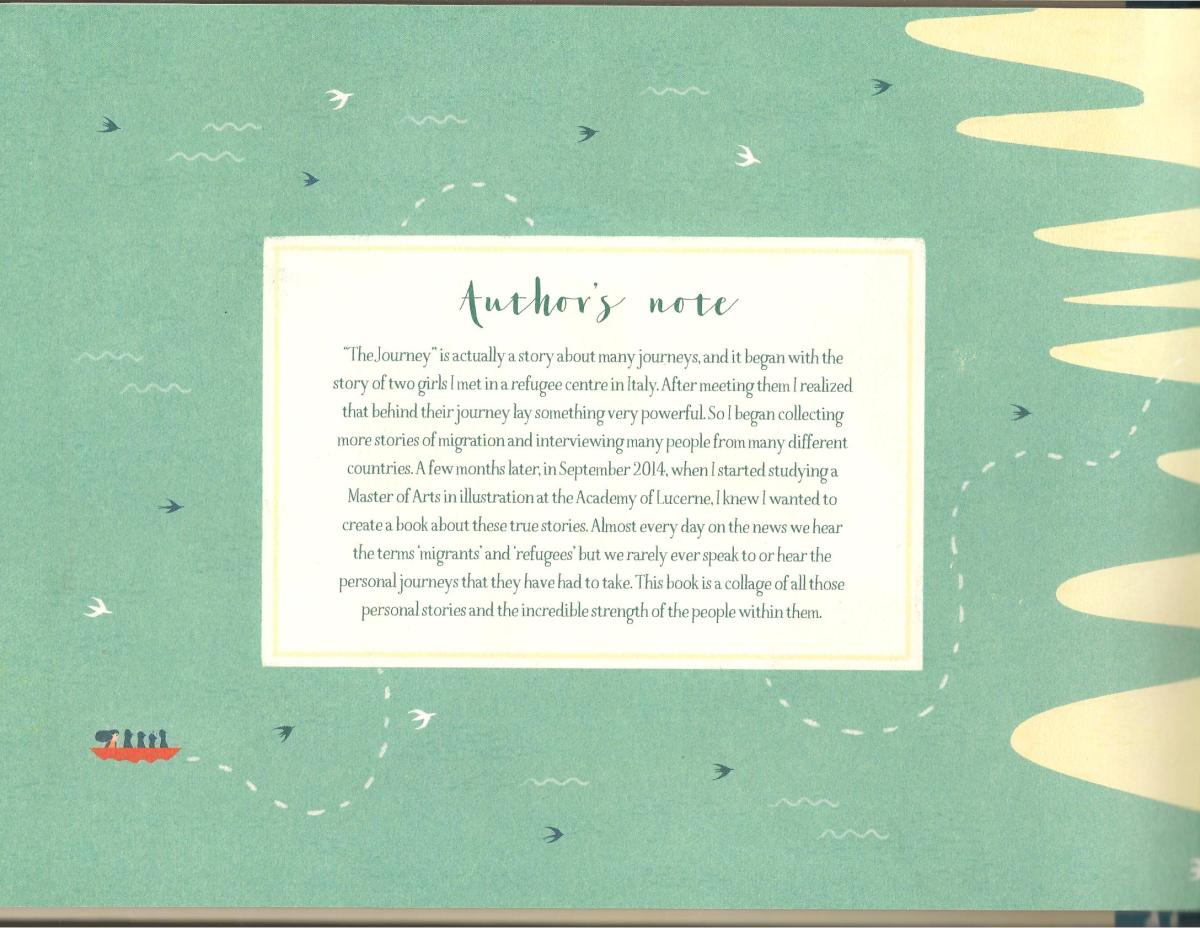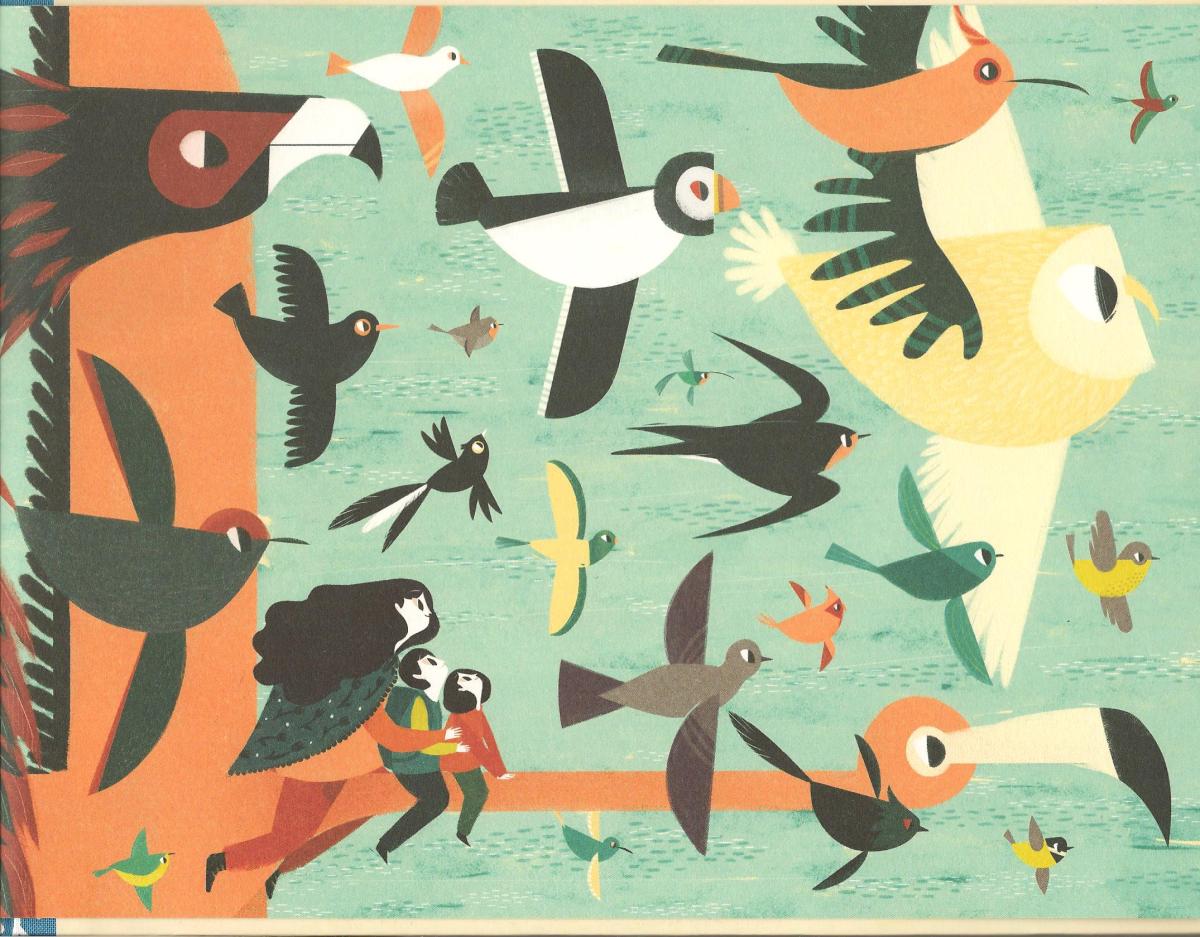Sometimes life can seem like a lot of drudgery and sorrow. These days we don’t only have to deal with the troubles of our own life, but we have instant access to troubles all over the world. It’s easy to start feeling oppressed and depressed. It’s easy to forget about the wonders of the world amid so much bad news. You might even go days and days without really looking up, seeing the sky and realizing what a miraculous planet we live on.
Twice in the past month, when the conversation got too dreary, I took out the book Cosmigraphics and showed it to friends. Even the cover made them gasp a little. The wonders inside turned the conversation from the earthly to the cosmic.
Cosmigraphics: Picturing Space Through Time, by
Michael Benson, Abrams Books, 2014, is the story of how people have both imagined and documented our creation, the structure of the universe, and the earth’s place in the cosmos. Benson is a photographer, writer, and filmmaker. In the last decade he has staged a series of increasingly large-scale exhibitions of planetary landscape photography. He lives in Boston and Ljubljana, Slovenia
He works from the intersection of art and science, and tells the story of how we perceive the universe using illustrations, graphs and maps. He has gathered beautiful works of art from the world’s great science libraries.
The book take you on a journey through more than 1000 years of images, through humanity’s ever-expanding understanding of the size and shape of space. From before the telescope was invented and people believed the earth was flat, to the most sophisticated maps and supercomputer simulations, all the beauty of our understanding comes to light.
 |
| Sky Disc from 2000-1600 BC – the first known astrological instrument |
This book is a literary gem, too. Benson’s writing is lyrical and accessible, making clear the story of human thought and beliefs. Chapters are divided into Creation, Earth, The Moon, The Sun, The Structure of the Universe, Planets and Moons, Constellations, the Zodiac and the Milky Way, Eclipses and Transits, Comets and Meteors, Auroras and Atmospheric Phenomena. Each chapter starts with an essay from Benson on how our beliefs and thoughts about space have changed through the centuries. Benson says:
“I have felt free to include material that would not necessarily figure in a presentation of exclusively astronomical images. I’m interested in innovative approaches to the conundrum of how to present such a vast subject within the frame of a graphic image, even if they aren’t directly associated with scientific research and occasionally represent conservative reactions against astronomical findings. I’m biased toward the striking and unusual, even if it restates a case that has previously been made with less visual flair. While this isn’t an objective visual history of astronomy, I do believe that sometimes a subjective approach reveals cultural or historical truths better than a dutifully comprehensive method.”
He opens the first chapter on Creation with a quote from The Tao Te Ching:
There is something formed of chaos,
Born before heaven and earth.
Silent and void, it is not renewed,
It goes on forever without failing
It can be seen as the World-Mother.
He begins the last chapter, Auroras and Atmospheric Phenomena, with a quote from Robert Burns’ Tam O’Shanter:
But pleasures are like poppies spread,
You seize the flower, its bloom is shed;
Or like the snow falls in the river,
A moment white – then melts for ever;
Or like the borealis rays,
They flit ere you can point their place.
 |
| Depiction of Sun Dogs from 1533 |
I can’t overstate how beautiful this collection of graphics is. Almost every page reveals a breathtaking look at the universe – from illuminated maps and manuscripts that illustrate early belief system, to a 2009 supercomputer simulation of a sunspot:
The book is too big for me to scan pictures for you, but just Google the title and you’ll see what I mean. That’s how I got pictures for this post. This book has been praised in the New York Times, and hundreds of other sites, including Brain Pickings, one of my favorite book and culture sites, so you don’t have to take my word for it. The publishers say this book “will be a revelation to space-struck Earthlings, art lovers, and readers interested in the history of science, the visualization of information, graphic design, and mapping.”
 |
| 1979 geological map of the south region of the moon |
I’m a big library user, but this is a book I feel you should own. If for no other reason than to look at it with your depressed friends and take a little flight away from the tyranny of bad news into a universe of stunning mystery.
Or for a stolen moment, when gravity seems to have you glued to the ground, to take a trip through space and time, and come back elated.










































